00:35
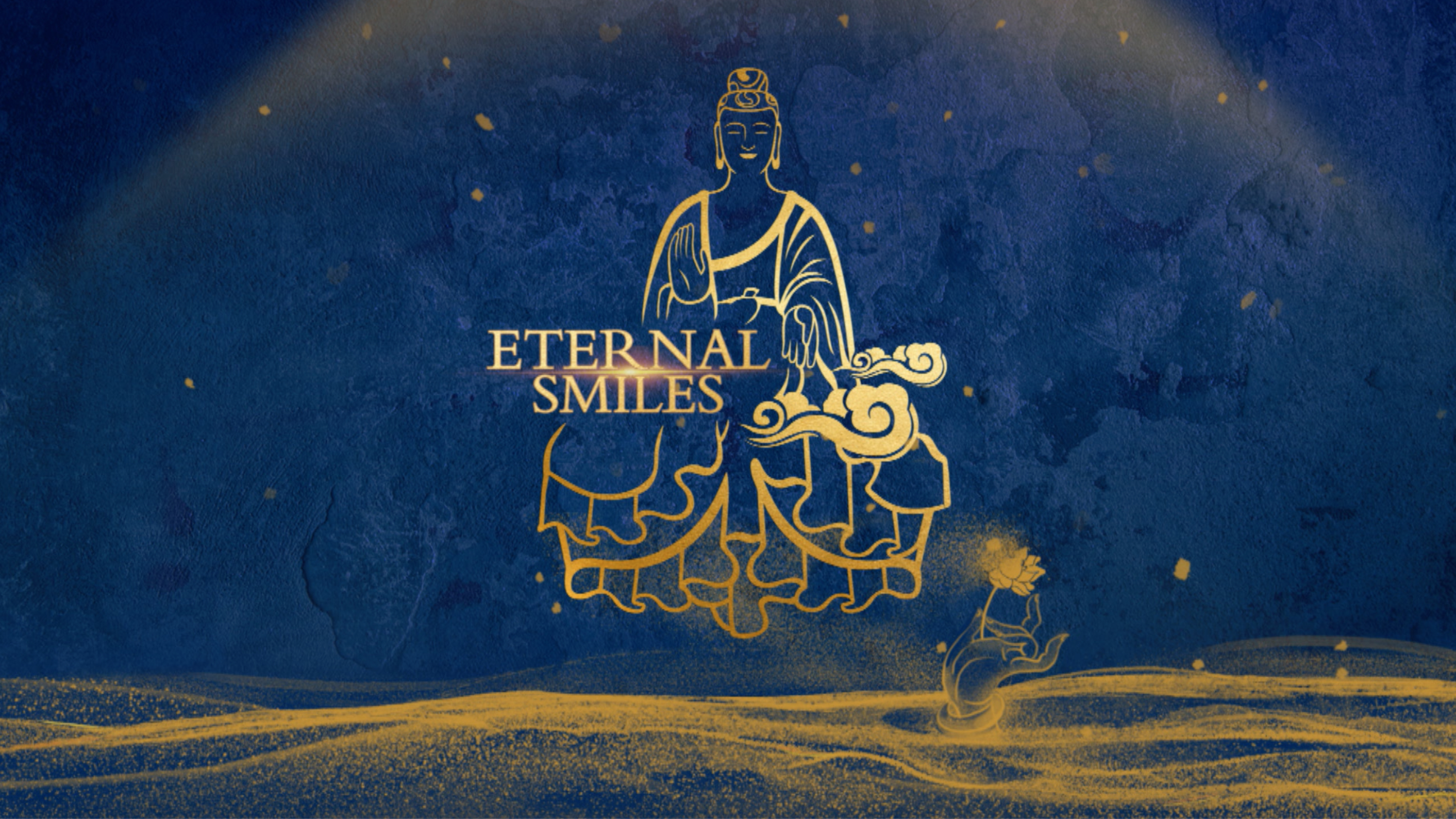
About 2,000 year ago, Buddhism was introduced to China from ancient India. It has deeply influenced China's philosophy, literature and art. Among them, the most impressive is the Buddhist statue art, which represents very different aesthetics from those of west or Greece. This Buddhist art in China developed its own characteristics in different periods of history.
The early statues
Buddhism is a foreign religion in China and Buddhist art is considered exotic art. In the early days when Chinese artisans started to learn how to sculpt Buddhas, they alluded to the Gandhara style. The Gandhara region is located in present-day northern Pakistan and eastern Afghanistan, and belonged to the northwest part of ancient India.
In this region, Buddhist statues were created under the influence of Greek sculptures in the first century A.D. Hence, the early Buddha statues in China were entirely angular – they have square and wide shoulders, a strong and thick chest and a short neck, which represents the influence of a foreign culture.
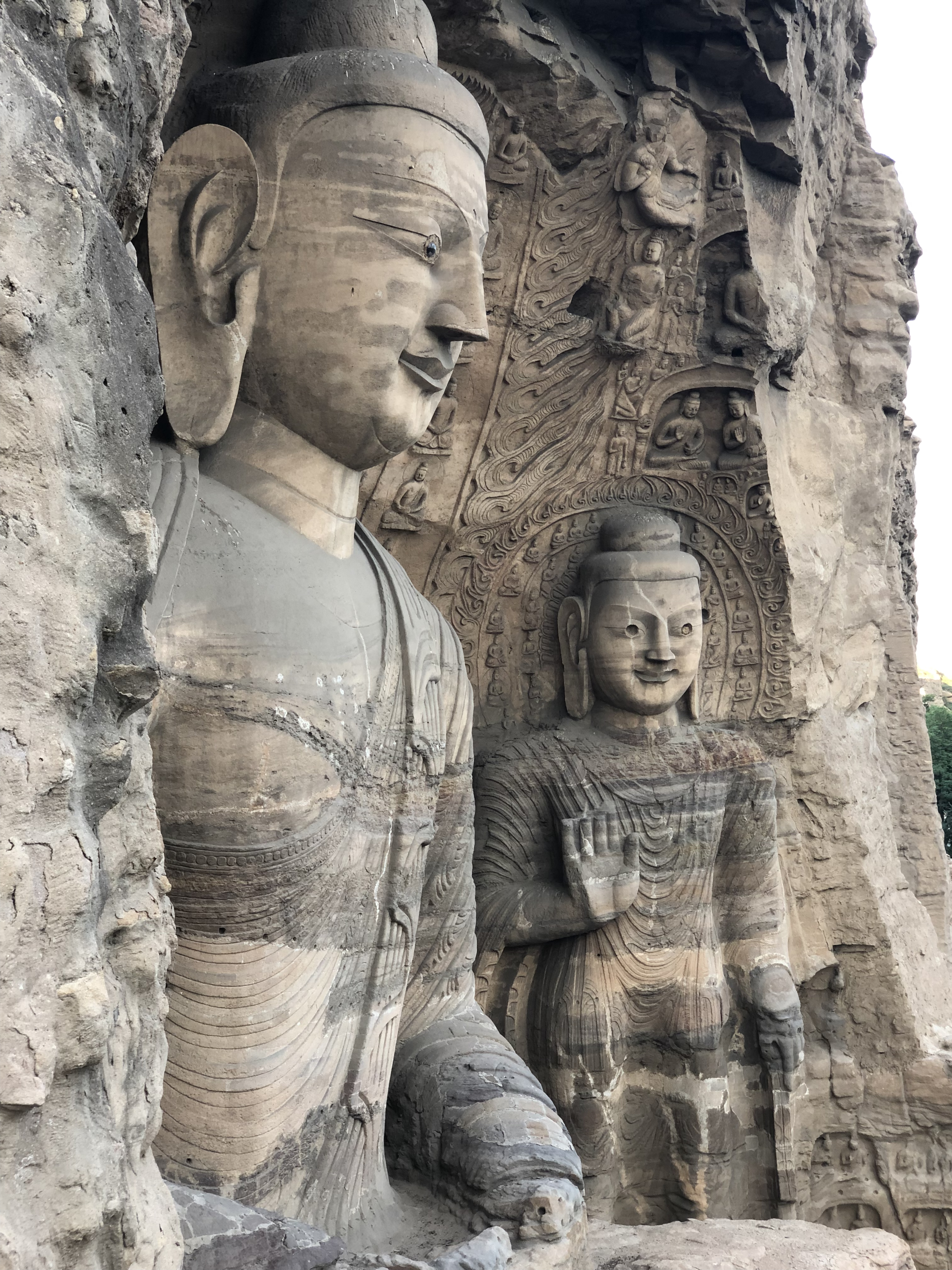
Cave 20 of the Yungang Grottoes. The Yungang Grottoes were built under imperial auspices in ancient China. /CGTN Photo
Cave 20 of the Yungang Grottoes. The Yungang Grottoes were built under imperial auspices in ancient China. /CGTN Photo
After Emperor Xiaowen's reform
Buddhist sculptures started absorbing and adapting to local customs and traditions from the moment it entered China, and the first huge changes happened after Emperor Xiaowen's reform of the Northern Wei Dynasty in the late fifth century.
In his reform, the "bao yi bo dai" clothing style of the literati and officials in southern China, referring to a loose gown with a wide sash, was promoted as the correct way of dressing. This political reform also influenced Buddhist statues tremendously.
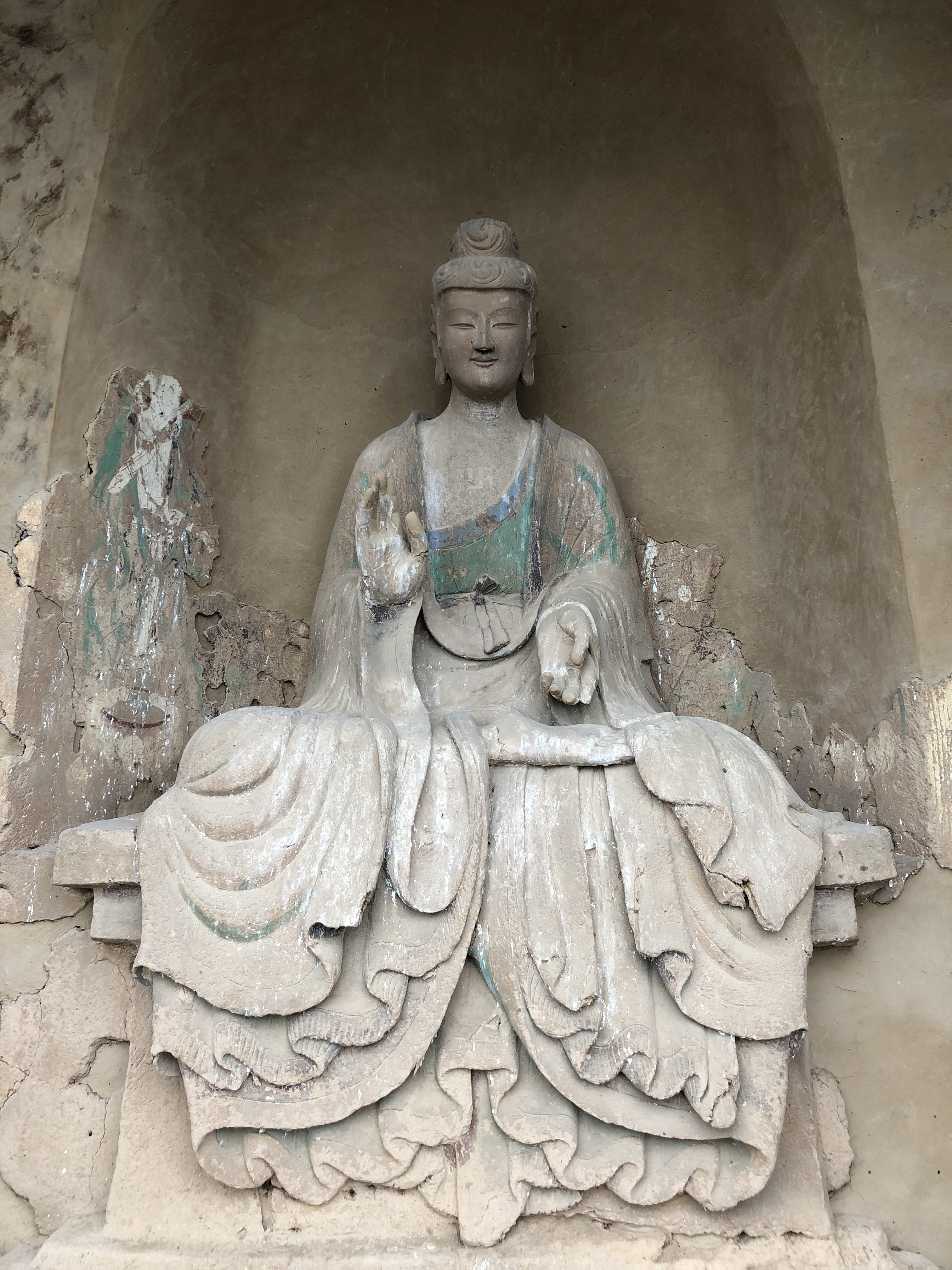
Cave 44 of the Maijishan Grottoes. This Buddha was sculpted in memory of a Empress in the West Wei Dynasty. /CGTN Photo
Cave 44 of the Maijishan Grottoes. This Buddha was sculpted in memory of a Empress in the West Wei Dynasty. /CGTN Photo
The rotund and elegant fashion in the Tang Dynasty
The Tang Dynasty is considered to be the most prosperous dynasty in the Chinese history. People back then especially appreciated a plump and soft body, so the artisans of the Tang Dynasty preferred fleshy Buddhas and Bodhisattvas. The most famous statues of this period can be found in Longmen Grottoes and Mogao Grottoes.
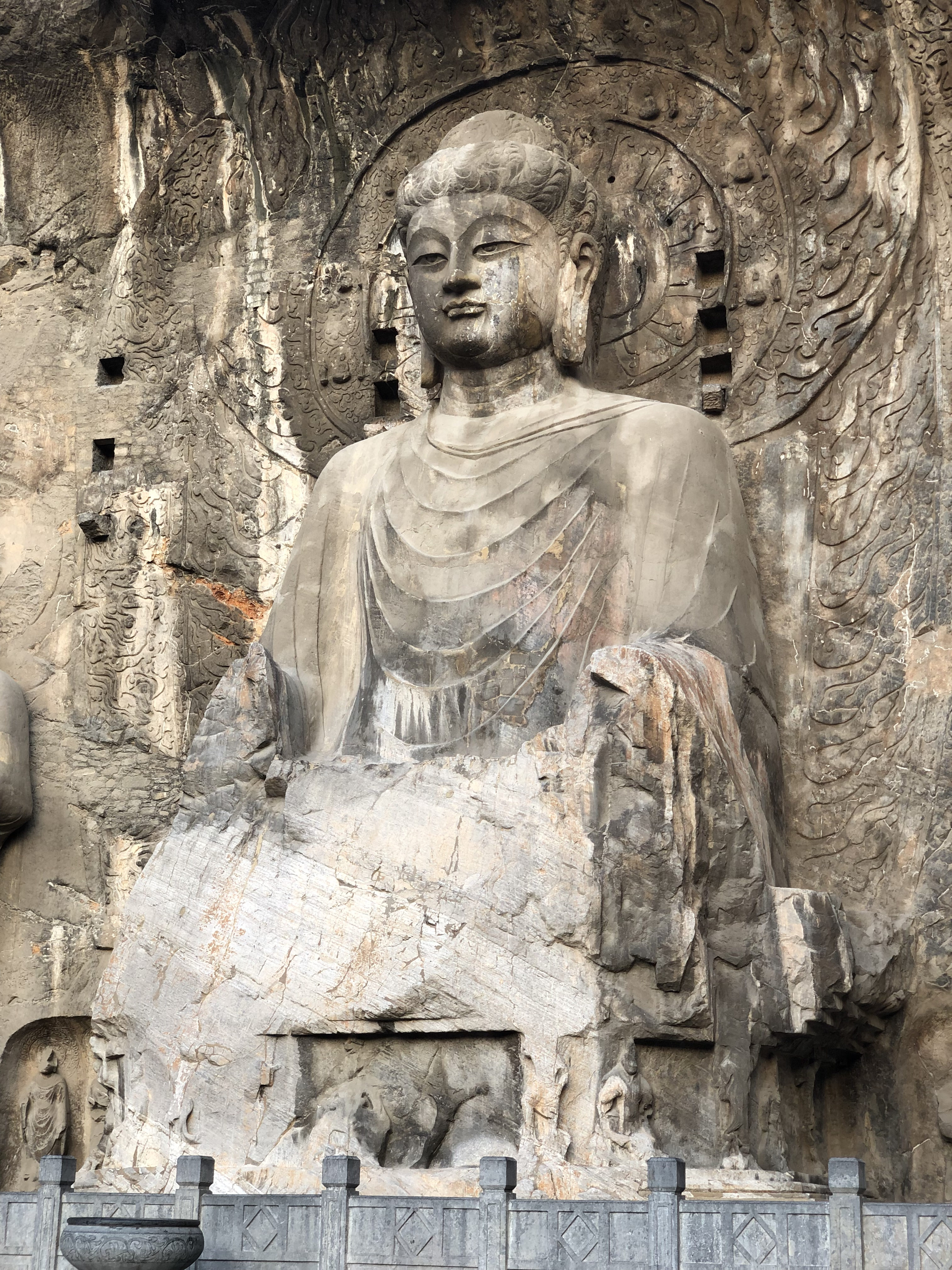
The Locana Buddha of the Longmen Grottoes. The inscriptions on its base shows that the only female emperor Wu Zetian donated her personal make-up money to build the Locana Buddha statue. /CGTN Photo
The Locana Buddha of the Longmen Grottoes. The inscriptions on its base shows that the only female emperor Wu Zetian donated her personal make-up money to build the Locana Buddha statue. /CGTN Photo
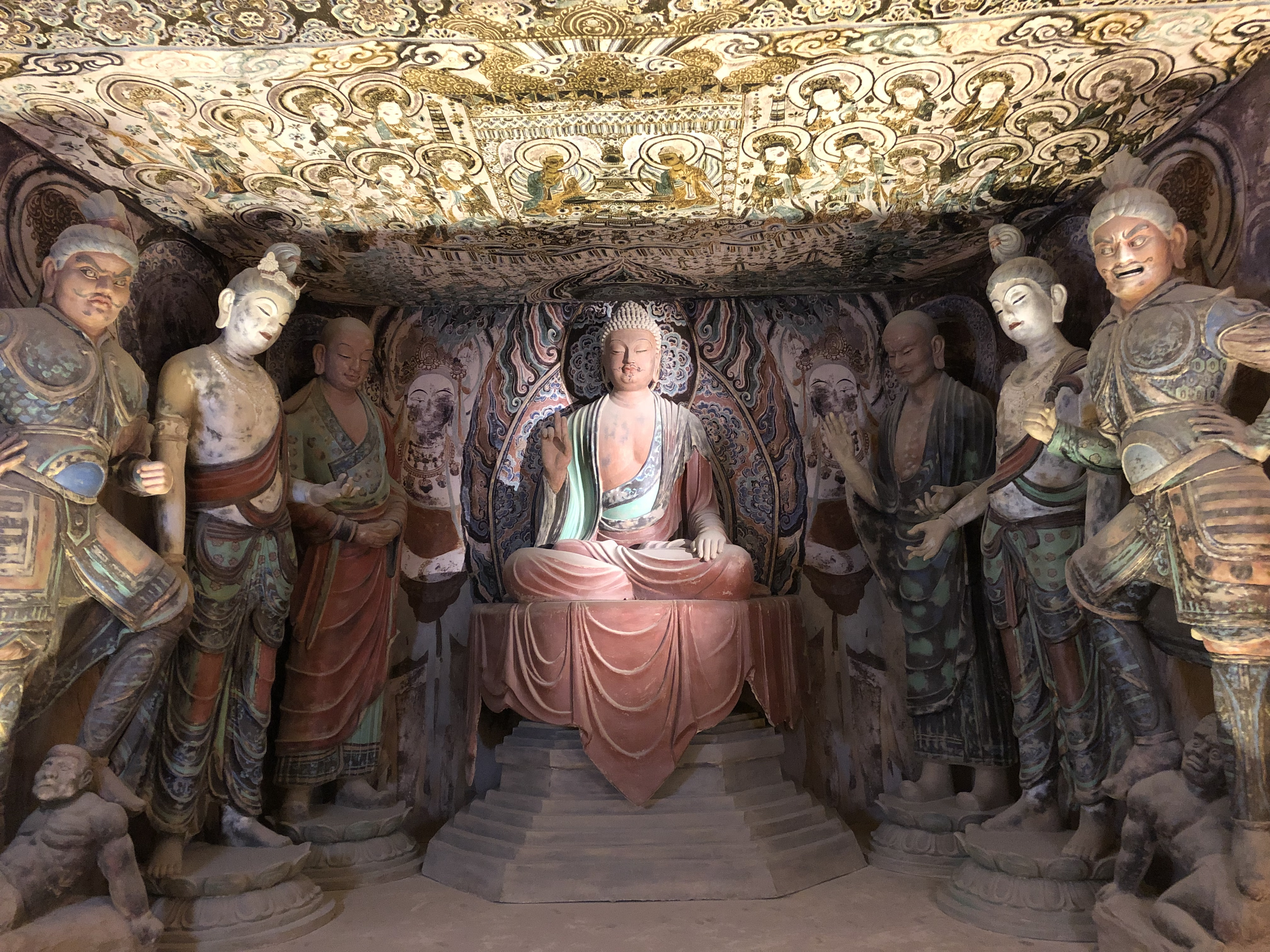
The replica of cave 45 of Mogao Grottoes. Cave 45 was carved during the High Tang period, one of the golden ages in China's history. /CGTN Photo
The replica of cave 45 of Mogao Grottoes. Cave 45 was carved during the High Tang period, one of the golden ages in China's history. /CGTN Photo
Song Dynasty: Secular human elements enhanced
In the Song Dynasty, the number of Bodhisattva sculptures increased dramatically, far exceeding that of Buddhas. They are more life-like, and more refined than those of previous dynasties. The most eye-catching part of these Bodhisattvas is the crown. The crown consists of symmetrical structures of twisted vines and interspersed flowers.
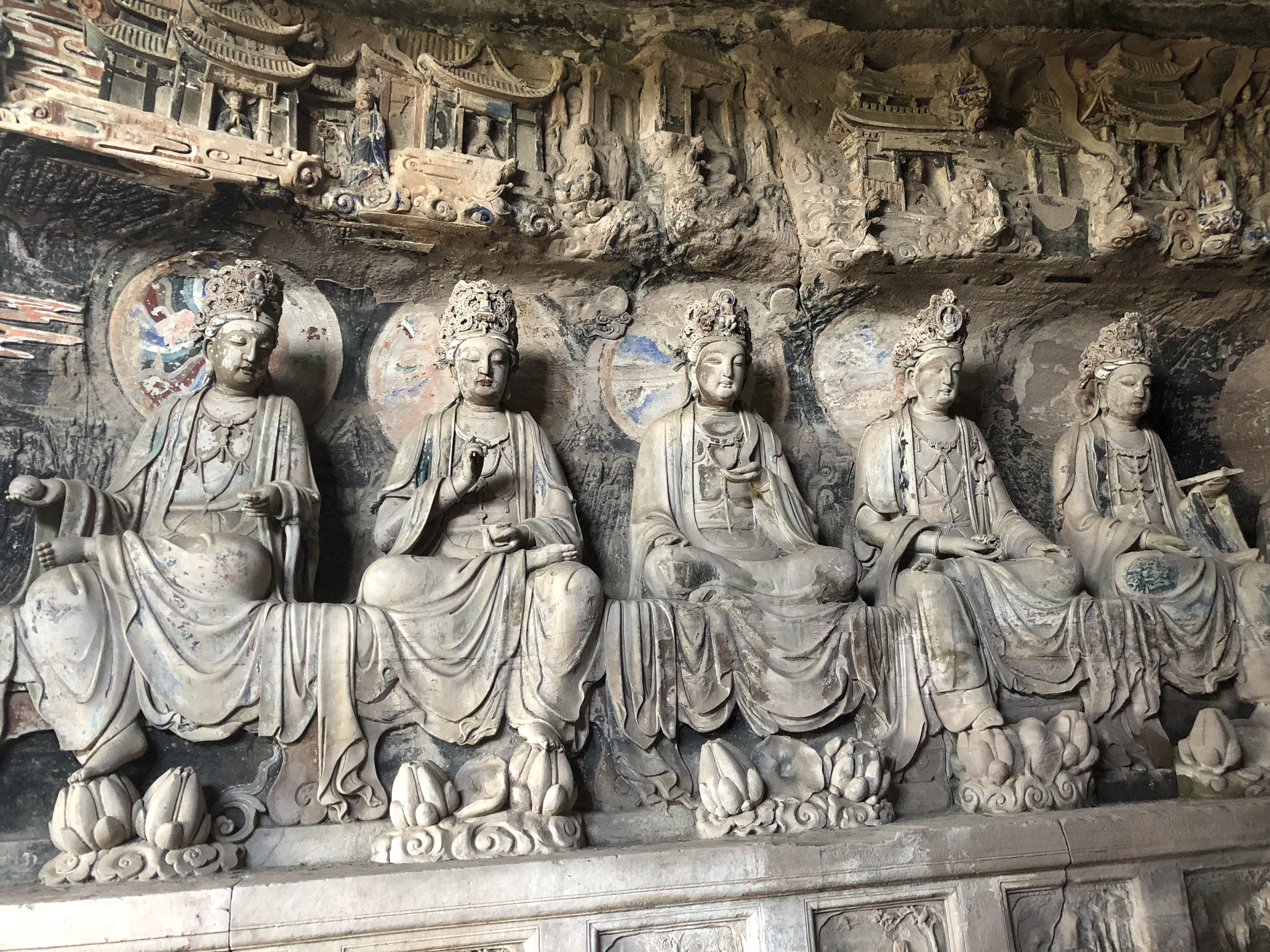
Huayan Cave of Anyue County in Sichuan Province. The Bodhisattvas sit there relaxed and contented. They are more like ordinary people than ever before. /CGTN Photo
Huayan Cave of Anyue County in Sichuan Province. The Bodhisattvas sit there relaxed and contented. They are more like ordinary people than ever before. /CGTN Photo
Two different aesthetics
Western sculptures and eastern Buddhist statues exhibit two very different aesthetics and generate different feelings. Western sculptures capture the figure's facial expressions or body movements, often at a gripping moment. Eastern Buddhist statues are committed to creating a peaceful and harmonious feeling, display a single glimpse of a continuous eternity. Both of them are beautiful and appealing – and can touch your heart in the same way.
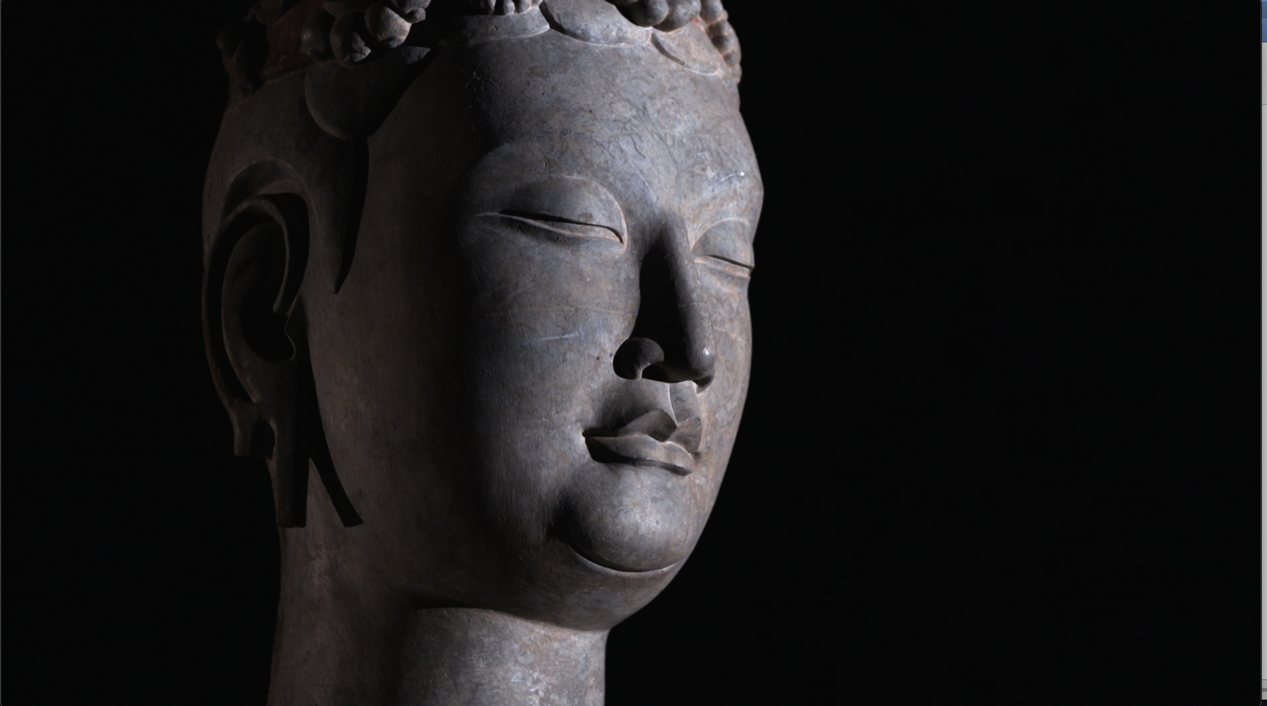
A Bodhisattva statue of the Shandong Qingzhou City Museum. /CGTN Photo
A Bodhisattva statue of the Shandong Qingzhou City Museum. /CGTN Photo
You can watch this program exclusively on CGTN at 3:00 am BJT on December 3.